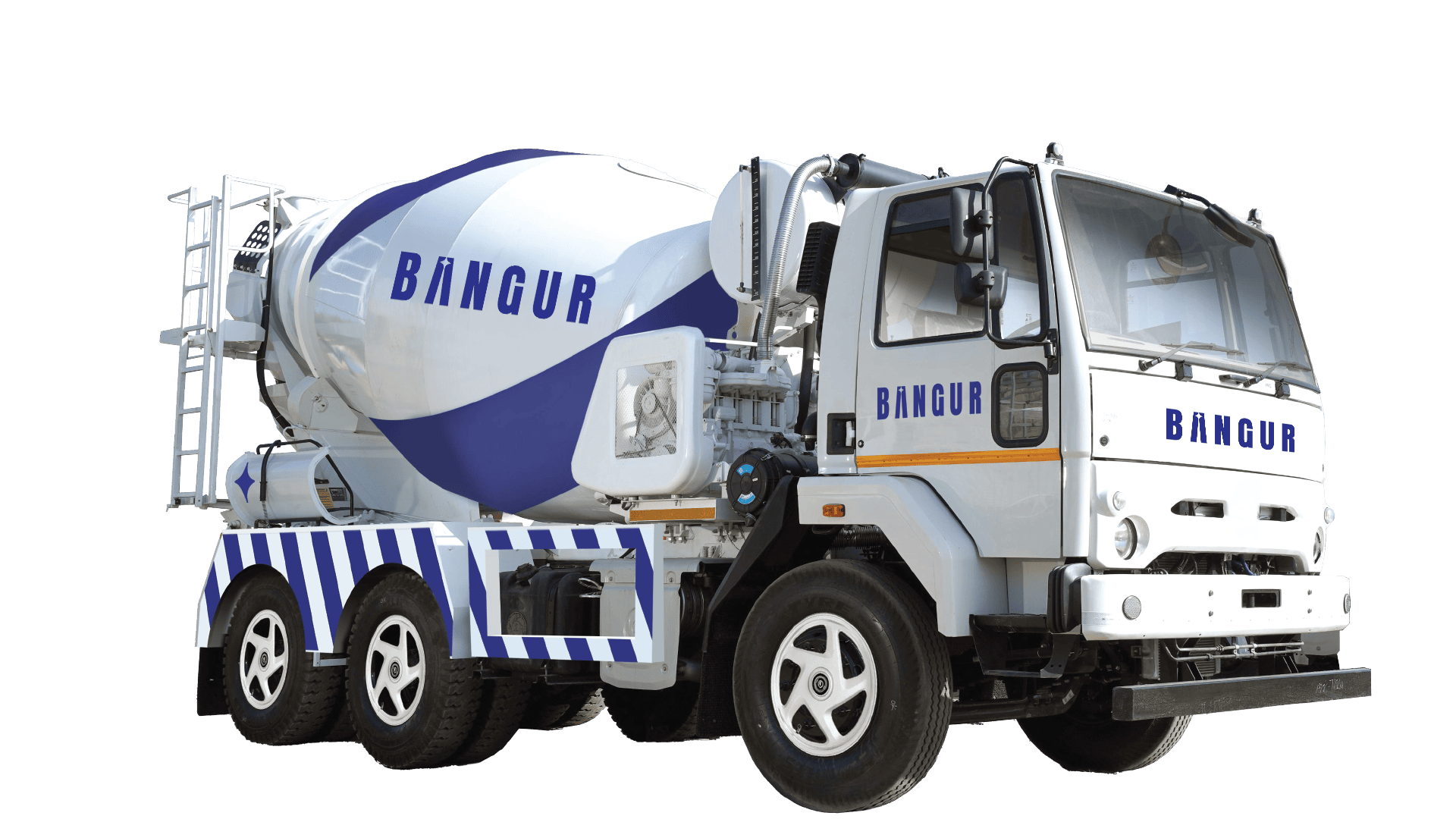
Types of Concrete: Choosing the Right Mix for Stronger Structures
- Oct 16
- 4 min read
Concrete is often called the backbone of modern construction. From small residential houses to towering skyscrapers, concrete plays a central role in ensuring stability, strength, and durability. But not all concrete is the same—different projects require different types, depending on load, environment, and design.
In this blog, we’ll explore the main types of concrete, with a focus on reinforced concrete, high-performance concrete, precast concrete, and high-strength concrete, so you can understand their uses and importance in construction.
Why Do We Have Different Types of Concrete?
Concrete is made of cement, sand, aggregates, and water. While the basic ingredients are the same, the mix ratio, additives, curing method, and reinforcement change depending on the application.
For example:
A house slab needs moderate strength and workability.
A bridge deck requires high durability to withstand traffic and weather.
A factory floor might need high resistance to heavy loads and abrasion.
This is why engineers classify concrete into different types suited for specific structural needs.
1. Reinforced Concrete (RCC)
Reinforced concrete is the most widely used type in modern construction. It combines plain concrete with steel reinforcement bars (rebars) to resist tensile forces, which plain concrete alone cannot handle.
Features:
Provides both compressive strength (from concrete) and tensile strength (from steel).
Used in almost all structural elements like beams, columns, slabs, and foundations.
It can withstand bending, stretching, and compression.
Applications:
Residential and commercial buildings
Bridges, dams, and flyovers
Roads and pavements requiring heavy load support
RCC has become the default choice for house construction, ensuring long-lasting strength and safety.
2. High Performance Concrete (HPC)
As the name suggests, high performance concrete goes beyond ordinary mixes. It is designed to achieve specific properties such as high durability, long-term strength, and resistance to aggressive environments.
Features:
Low permeability to reduce water and chemical penetration.
Enhanced durability against weathering, corrosion, and freeze-thaw cycles.
Often includes mineral admixtures like silica fume or fly ash.
Applications:
Marine structures (ports, harbors)
Bridges and tunnels
High-rise buildings exposed to extreme conditions
HPC is a go-to option for projects where concrete must withstand harsh environments and last for decades without major repairs.
3. Precast Concrete
Precast concrete is manufactured in a controlled factory environment and then transported to the construction site for assembly. This method improves quality control, saves time, and reduces on-site labor.
Features:
Produced in standard molds for uniformity.
Higher quality due to factory-controlled curing.
Faster installation since elements are pre-made.
Applications:
Precast slabs, beams, and columns
Boundary walls and panels
Railway sleepers and bridge segments
For housing projects, precast concrete can speed up construction while maintaining consistency in strength and finish.
4. High-Strength Concrete
High-strength concrete (HSC) is designed to achieve a compressive strength greater than 40 MPa. It uses low water-cement ratios and high-quality aggregates to reach superior strength.
Features:
Suitable for structures that carry very heavy loads.
Requires precise mix design and quality control.
Often combined with admixtures to maintain workability.
Applications:
Skyscrapers and tall buildings
Bridges, flyovers, and dams
Industrial floors and heavy-duty pavements
HSC allows engineers to design slimmer sections without compromising strength, making it ideal for modern architectural projects.
Other Common Types of Concrete
Apart from the major categories, several other types of concrete are also widely used:
Plain Concrete: No reinforcement, used for simple foundations and flooring.
Ready-Mix Concrete (RMC): Prepared in batching plants and delivered to site in transit mixers.
Lightweight Concrete: Uses lightweight aggregates (like expanded clay) for reduced structural weight.
Self-Compacting Concrete (SCC): Flows easily without vibration, ideal for complex formworks.
Quick Comparison Table
Type of Concrete | Key Feature | Common Use |
|---|---|---|
Reinforced Concrete | Combines steel + concrete | Beams, slabs, columns |
High Performance Concrete | Durability, long life | Bridges, marine structures |
Precast Concrete | Factory-made, quick installation | Panels, sleepers, boundary walls |
High Strength Concrete | Compressive strength > 40 MPa | Skyscrapers, heavy load structures |
Final Thoughts
Concrete isn’t a one-size-fits-all material. Choosing the right type of concrete—whether it’s reinforced, high-performance, precast, or high-strength- ensures that your structure can handle loads, weather, and time without compromise.
For a residential home, RCC and M20–M25 grades are common, but for large-scale infrastructure, HPC and HSC often take the lead. Understanding these differences helps homeowners and builders make smarter, safer, and more cost-effective choices.


